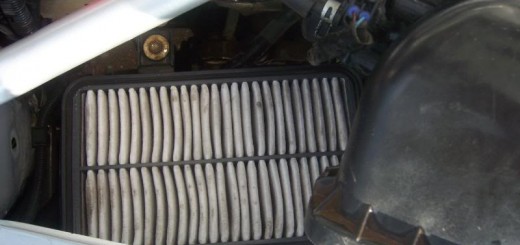I knew that there would be an initial period of vibration post-install, but that it would calm down eventually. The only thing I was missing was an illustration of what, exactly, one is supposed to do with the inserts. In case you’ve been wondering about that, here’s the rundown:

Put the back of the car on stands. You will absolutely need a trolley jack later in the procedure, so don’t even dream about trying this with only the emergency jack. At some points, when you’re hauling and shoving at things down there, you’ll be very glad the vehicle is secure.

Remove the rear and center shields (aka: diapers). Note which fasteners are screws and which ones are poppets, as they are just as much fun to refit as they are to remove.

Here’s the rear mount. Easy to get to, easy to remove. Before you unbolt it from the frame, pad your trolley jack saddle and place it beneath the bell housing. You don’t want to lift the motor, you just want to fully take its weight off the mounts.

And here’s the front mount. You’ll have just barely enough room to get to it. Keep your tools at arm’s reach. Unlike the rear mount, with its four bracket bolts, the front mount only has three. That’s the good news. The bad news is that only the lower center is easy to get to. The others require patience and good tools. I’ve circled all three. The one you can’t see is the one that will test you.

I recommend doing the mounts one at a time. You could do them both at once, but if you slip out of alignment, you’ll need friends to help horse the motor back into position. So first I removed the rear mount, and cleaned it thoroughly. That’s the editor way.

Here’s the rear inserts snapping into place. I lubricated the inner part with WD-40, to aid in fitment and hopefully give myself a bit of relief as the mounts resettle. WD-40 will disipate eventually, so I thought this a wise move.

Have your assistant (no photos, I was under the car!) give the jack small inputs until the center holes line up, then shoot the center bolt home. Torque the bracket bolts to 38 ft/lbs, torque the center bolt to 66 ft/lbs.

Here’s the troublesome bolt on the front mount. It actually goes in the other way, but I thought you’d like to see the position. Reinstall the mount, double-check your work, and wipe down and clean and lubricate all the parts you have access to down here. This is a great opportunity since the shields are off and you’re down here anyway. As always, I was pleased to note the general cleanliness and good operating condition of my Spyder.
Driving impressions: No vibration on startup. A good sign. I began to experence some faint vibration or buzzing when launching out of first, and in engaging second gear on rolling starts. It could be worse, but I’m pretty well braced up already with Corky’s and Che’s. A rear STB would probably help. Once into third and beyond there are no vibration effects. In first and second, there’s now no lag on throttle – the accelerator pedal instantly pushes the car forward. Nothing extreme here, but a general sense of things being tightened up and more solid-state, more fly-by-wire. I suspect my 0-60 time is slightly improved. I may add more comments later after the mounts break in fully, a period I expect to take between four to eight weeks, depending on much I get to run the car.
PITA factor: Minimal, maybe two brewskies. Aligning the front mount bracket bolts took a long time, as it was difficult to force the polyurethane blocks through the bracket. I used a screwdriver through the center bolt track to horse the mount up and down, side to side, until the bolts finally seated.
This documentation in no way replaces the Toyota MR2 Repair Manuals. The purpose of this content is only to provide supplementary information to fellow MR2 enthusiasts. Midship Runabout and its contributing authors will not be held responsible for any injury or damages that may occur as the result of practicing any of the methods or procedures described within this website. Article and photo submissions are property of the contributing author.

